Email format error
Email cannot be empty
Email already exists
6-20 characters(letters plus numbers only)
The password is inconsistent
Email format error
Email cannot be empty
Email does not exist
6-20 characters(letters plus numbers only)
The password is inconsistent

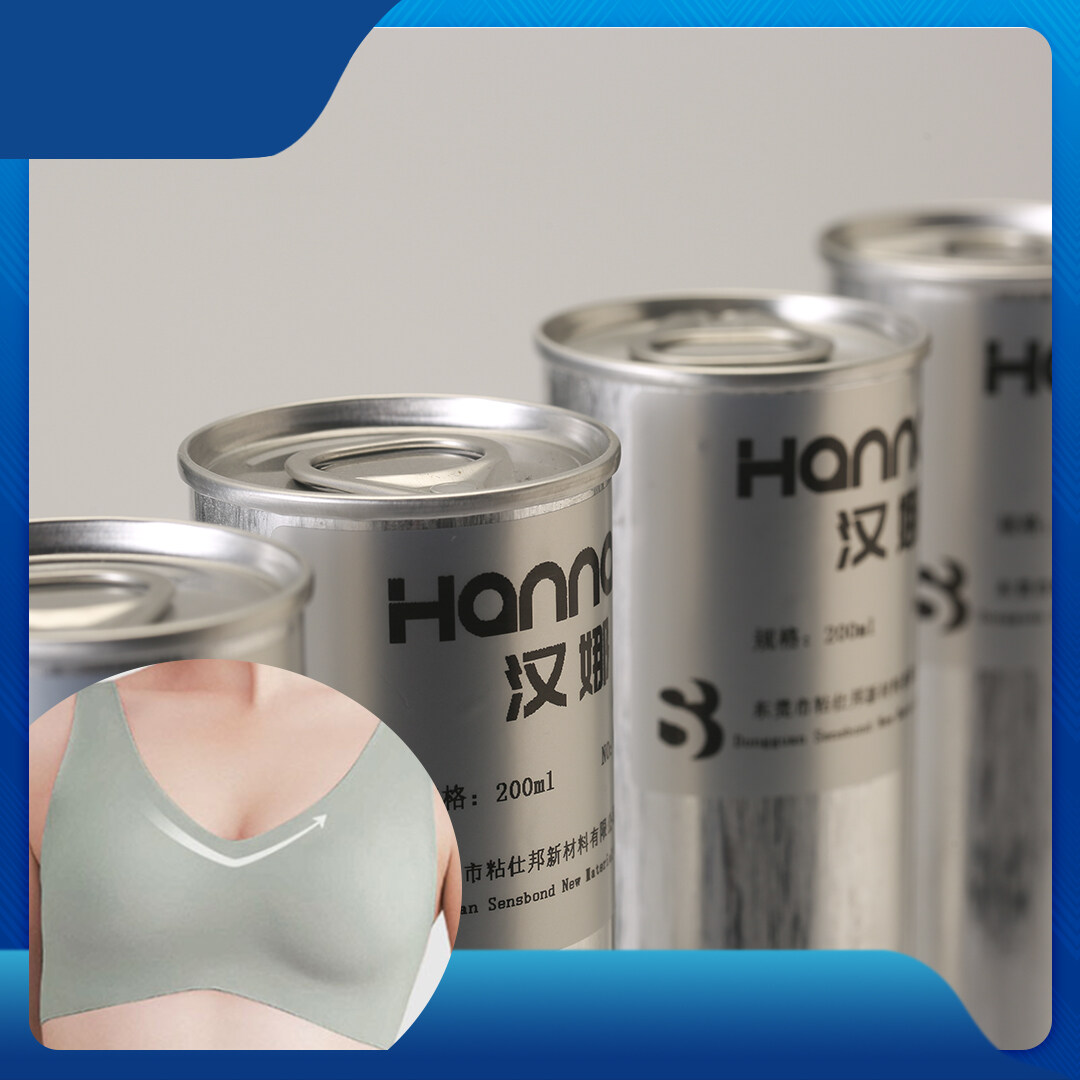
Slow surface drying time glue is designed to be used where pre-position is needed like side seam bonding.
Slow surface drying time glue is designed to be used where pre-position is needed like side seam bonding.


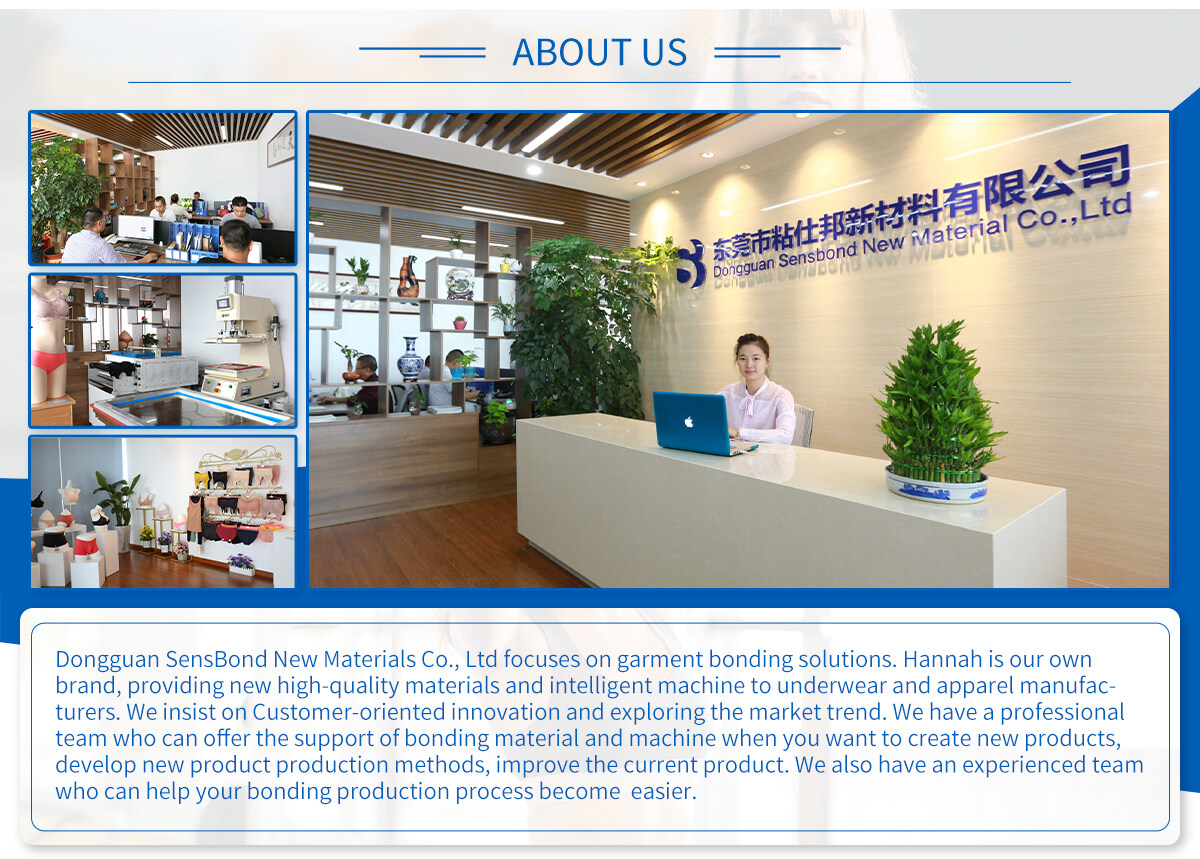
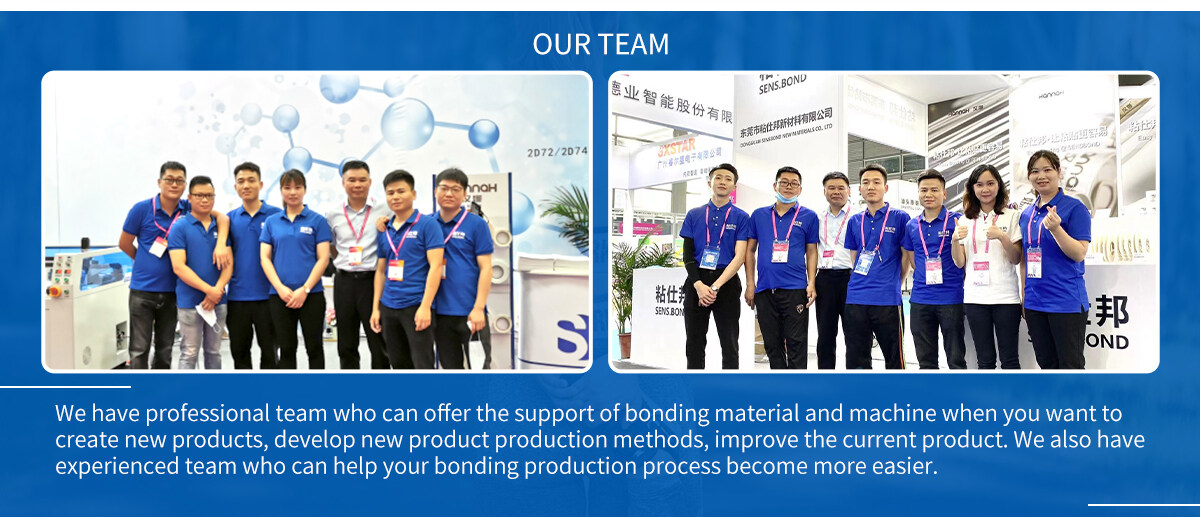
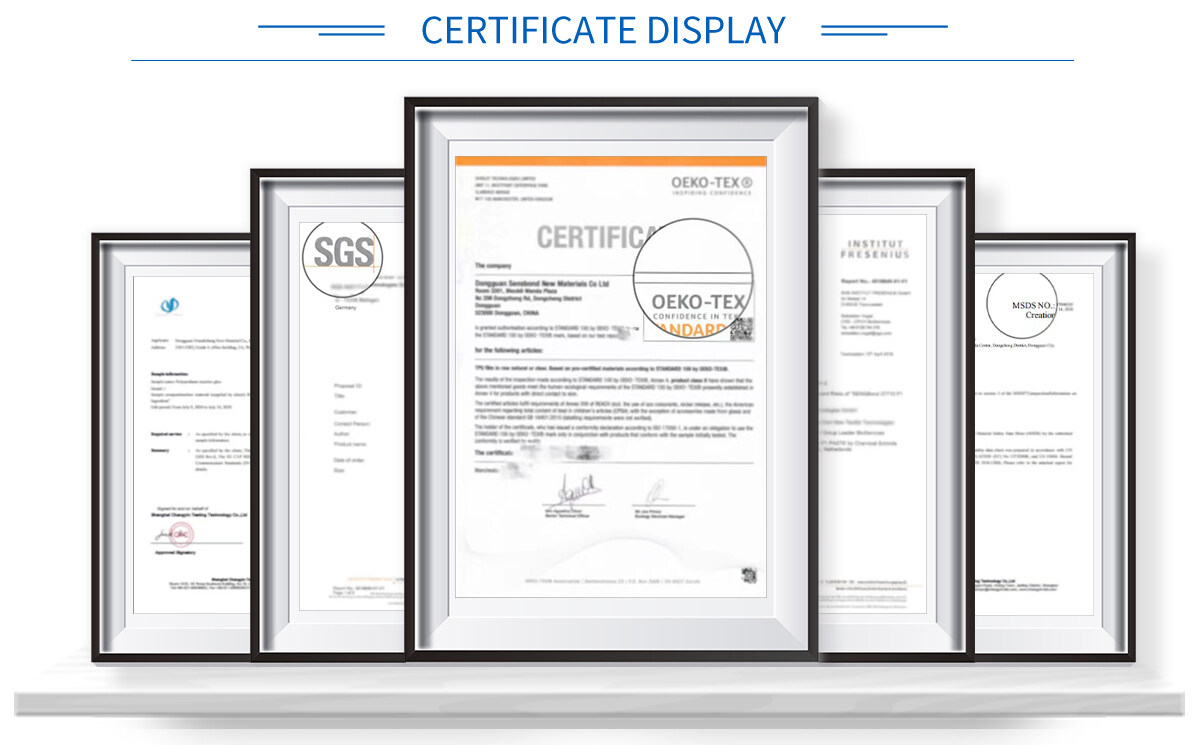
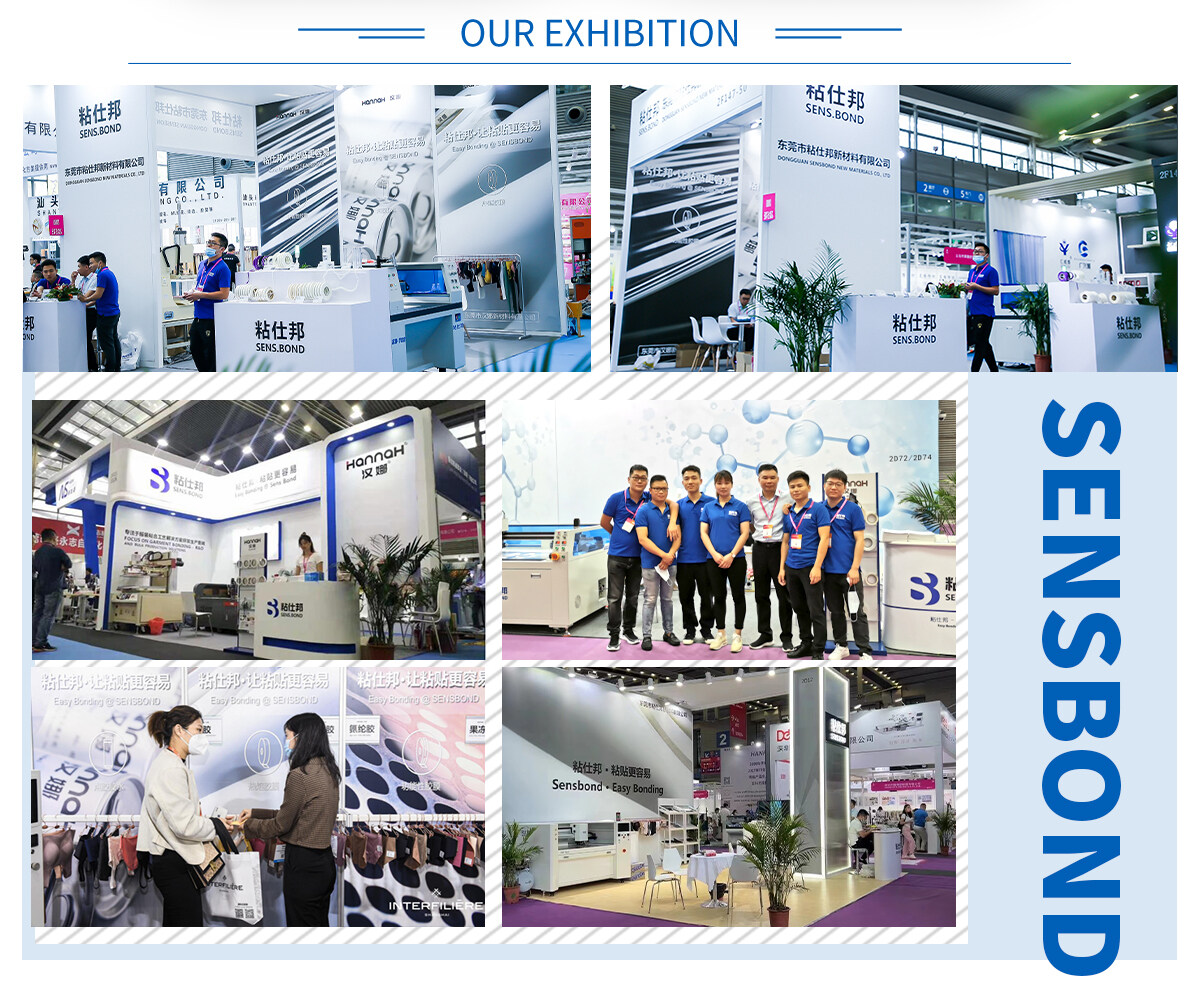
Some Supplement
1. Viscosity: It affects fluidity, permeability, spraying performance, glue temperature, drawing, glue output, etc.
2. Softening point: The softening point of hot melt adhesive is the temperature at which the glue becomes fluid and has fluidity. The softening point directly affects the high and low-temperature resistance of the hot melt adhesive. The reason for the softening point is that different raw materials are used, even hot melt adhesives with different materials have different softening points.
3. Opening time: Affects application speed, permeability, and bonding strength.
4. Cure Speed: Affects serviceability, permeability, and bond strength.
5. Cohesion: Affects transfer resistance, peel strength, or shear chord.
6. Thermal adhesion: affects the bonding effect.
7. Temperature resistance: It affects the temperature that the final bonding system can withstand. The high temperature and low temperature exceed this type of hot melt adhesive. For example, the performance of this type of glue is the high-temperature resistance of 100 degrees, and low-temperature resistance of minus -10 degrees. It will lose its viscosity and degumming in an environment with a temperature exceeding 100 degrees. Conditions or degumming will occur when the ambient temperature is lower than -10 degrees below zero.
Reactive polyurethane hot melt adhesives are generally formulated with NCO-terminated prepolymers as the base material, with thermoplastic resins that do not react with isocyanate groups, and additives such as antioxidants, catalysts, and fillers.
When bonding, the adhesive is heated and melted into a fluid for coating and sizing. After the two adherents are bonded, the adhesive layer cools and condenses to obtain initial adhesion immediately; The moisture attached to the surface of the adherend reacts with active hydrogen groups to produce chemical cross-linking and curing, which significantly improves the adhesion and heat resistance.
It not only has the characteristics of solvent-free, high initial viscosity, and rapid curing of hot-melt adhesives but also has the properties of water resistance, moisture resistance, creep resistance, moisture resistance, and medium resistance of reactive adhesives.